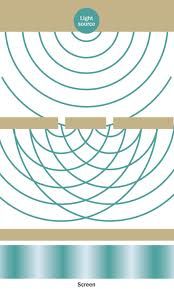Photon as Particle and Wave

Photons, the subatomic particles that carry light, have several very distinct properties. Unlike other particles, they do not decay; they endure forever. Photons travel at the speed of light --the maximum speed limit in the universe. And finally, photons have no mass.
These features are certainly interesting, but the nature of photons is even more curious. They have a unique characteristic called "duality," meaning they are simultaneously particle and wave. Until this odd nature was discovered 1900, light was variously thought to be one or the other. Newton, in the seventeenth century, thought light was a particle generated in tiny "corpuscles." In the late 1800s, James Maxwell Clerk considered light an electromagnetic wave of continuous energy.
It was more or less by accident that in 1905 Max Planck discovered light's duality: it was both wave and particle. Planck's realization of this duality was influenced both by Einstein's 1905 special theory of relativity and by the emergence of quantum theory. The idea was very hard for scientists to accept, but it was confirmed numerous times, even as recently as 2012.
